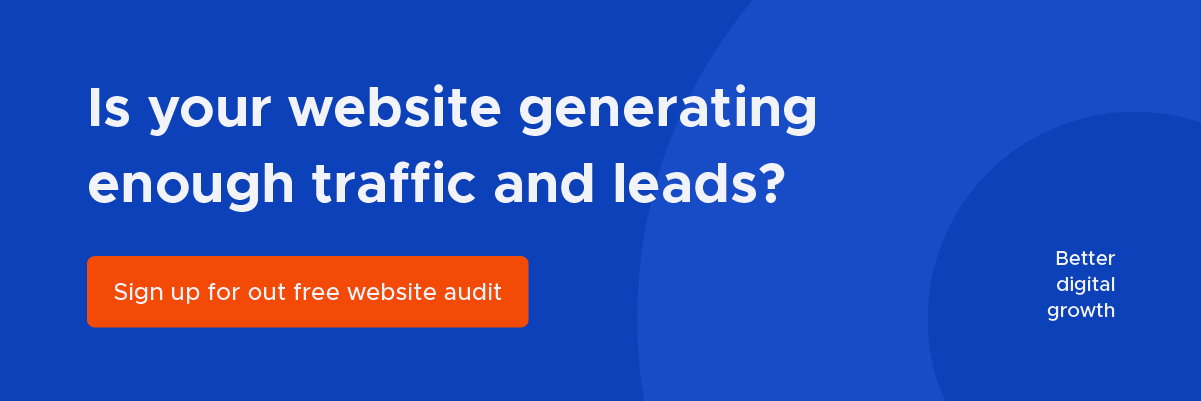When marketing and sales share a common view of their customers’ journey, conversion points and what makes a good fit lead, they cooperate better and increase their sales pipeline and conversions. And create an overall better experience for their buyers too.
But how can these two departments align their views and definitions, when they operate from different perspectives and with a different level of urgency? What tactics can they employ and how can technology make their lives easier?
A popular adage says “women are from Venus and men are from Mars”.
Same can be said about marketing and sales; well into 2020, they remain two separate departments, with distinct goals and limited communication. In my own experience of working with both large multinational company and then a SaaS startup, this scenario held true. Rare were the occasions in which sales would sit in the same meetings with marketing people, and when that happened it was not to cooperate and work towards the same objectives.
Why is this (still) happening?
- Goals: salespeople have a sales target to hit, so they are evaluated based on the impact they make on the business growth. Marketing people, on the other hand, are most of the time evaluated on the volume of work (number of blog posts, website visits generated, events etc).
- Sense of urgency: salespeople have little patience, they need to close deals fast, not spend time nurturing cold leads. Marketing won’t necessarily face the same level of urgency.
- Definition: we find so often that a qualified lead means different things to marketings and sales
- ROI and impact on growth: as long as many companies don’t assess the impact marketing effort has on their overall business growth, marketing people won’t be at the table and their input won’t be as valued as the salespeople’s input.
Today’s buyers have a fragmented journey across several platforms (website, social media, review sites, ads) and devices. 90% of B2B buyers now twist and turn through the sales funnel, looping back and repeating at least one or more tasks in the buyer’s journey, according to Forrester research.
In this complex purchase journey, buyers might come in contact with marketing and sales several times. Business cannot afford to pitch prospects before they are ready to buy, nor can they afford to keep hot leads sitting in a database. Or talk to buyers at the right time knowing very little or nothing about the previous interactions those prospects had with their brand.
So how can business remove friction in their customers’ journey and sell smarter and close more deals?
1. Work together on defining buyer persona profiles
When everyone understands who the ideal customer is, what their pain points and challenges are, what exact wording they use to describe their challenges, everything becomes clear. Marketing has a roadmap to follow so they can search for the right prospects:
- they are able to create the type of content that buyers are interested in
- promote it in the right environment
- determine what stage leads are, based on content consumed and interactions
This is why buyer persona profiles need to be co-created by sales and marketing.
So when you create your buyer persona, make sure your sales colleagues are involved and you ask them questions related to:
- How they typically run the first meeting, a second meeting, a closing meeting
- Who joins these meetings (what are the participants’ job roles)
- What are the most frequently asked questions
- What documents or type of info are usually asked for
Without this intelligence, content creation is like shooting in the dark; marketing will not know what topics to cover and what topic is fit for what stage of the buying cycle.
2. Agree on a common definition of MQL
An MQL (marketing qualified lead) is a person who took specific actions on your website such as downloaded a specific type of content or signed up for a free demo. Or took a combination of actions such as downloading a product-related eBook and visiting the pricing page three times, for example.
Marketing and their sales counterparts need to be very specific about what is the conversion point that a lead has to go through in order to become qualified. Is a lead who downloaded an infographic or an industry trends report qualified or not? Conversion points will look different for different companies, but agreeing on a clear definition eliminates frustration down the line.
Ideally, your marketing and sales team will look at the website’s conversion points and decide which conversion signals that a lead is ready to be passed to sales and which need more nurturing.
3. Establish proper follow-up of qualified leads
How quickly will sales follow up? Will they call the prospects or email them? How many times should sales follow up?
A Harvard Business Review study shows that you are 400x more likely to get a response if you call prospects within 5 minutes of them downloading the content.
Following up quickly and consistently is becoming increasingly important, so establishing beforehand a follow-up process and implementing it will increase your success rate.
Marketing to Sales handover
4. Do a comprehensive handover
To ensure qualified leads are successfully taken over by sales, information needs to pass in real-time. And this is where technology comes in handy. Marketing automation platforms such as ActiveCampaign, HubSpot or Pardot allow sending real-time notifications when a new lead has turned into a qualified lead.
As leads are assigned to sales, all the history of interaction for that lead is being passed on too.
This way salespeople can gain valuable insights into what pains a certain prospect might experience and what they are most interested in, based on what content they downloaded, what pages they visited, webinars or other online events they signed up to. And when salespeople call prepared, prospects get a better experience too, as they don’t need to repeat the same details they previously communicated to marketing.
Sales and marketing are not two distinct departments with distinct goals anymore. They both need to work towards growing the business, through attracting, converting, nurturing leads and closing the fit leads to customers. The right mindset, processes and technology can empower them to better align and increase impact.
This article was originally published on Business2Community.





